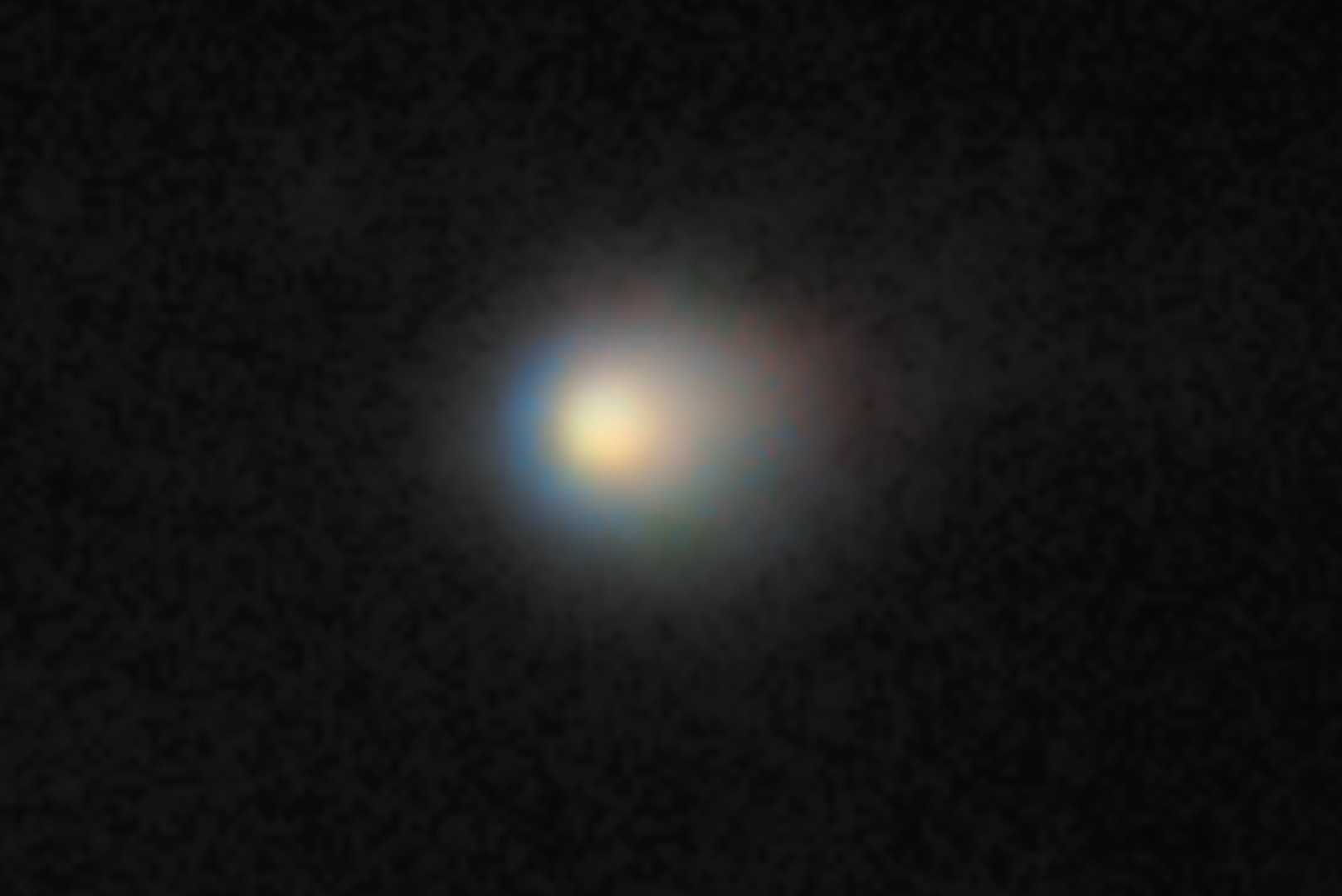NASA Discovers Surprising Carbon Dioxide Cloud Around Interstellar Object 3I/ATLAS

GREENBELT, Md. — NASA’s SPHEREx Space Observatory has published groundbreaking data about the interstellar object known as 3I/ATLAS. Observations conducted between August 8 and August 12, 2025, reveal a significant cloud of carbon dioxide (CO2) surrounding 3I/ATLAS, with a mass loss rate of about 70 kilograms per second.
This comes as a surprise, particularly since earlier claims suggested the presence of water (H2O) gas, which was absent in the recent findings. The SPHEREx data indicates a clear CO2 cloud extending at least 348,000 kilometers from the object, raising questions about its composition and behavior.
The lack of a bright water coma is puzzling, especially given the object’s observed distance of 2.6 AU from Earth. Previous estimates had suggested a water mass loss rate of around 40 kilograms per second when at a distance of 3.5 AU from the Sun, but these estimates are now in doubt.
SPHEREx team members noted that while no direct evidence of water was found, the observed spectrum did show absorption features consistent with a combination of water ice, CO2 ice, and organic materials similar to those found in the Kuiper Belt.
Images taken at key wavelengths revealed 3I/ATLAS primarily as a point source with limited dust around it, as indicated by the absence of a visible dust coma. The observed CO2 cloud’s symmetry demonstrates a steep decline in density with distance from the object.
A significant finding was the detection of flux at a wavelength of 1 micrometer, suggesting that 3I/ATLAS has a nucleus with a diameter of 46 kilometers. If verified, this could imply that 3I/ATLAS is a million times more massive than the previous interstellar comet, 2I/Borisov. This raises concerns as larger rocky objects are significantly rare in interstellar space.
Some researchers speculate that 3I/ATLAS may have intentionally entered the inner Solar System, given its trajectory aligns notably with the orbital plane of our planets. The lack of detectable dust, supported by Hubble Space Telescope imagery, suggests that spectral characteristics might originate from the surface of 3I/ATLAS itself.
As the Sun’s heat increases in the coming months, astronomers anticipate further insights into the object’s nature, particularly with additional observations from the James Webb Space Telescope, which also observed 3I/ATLAS earlier this month.
